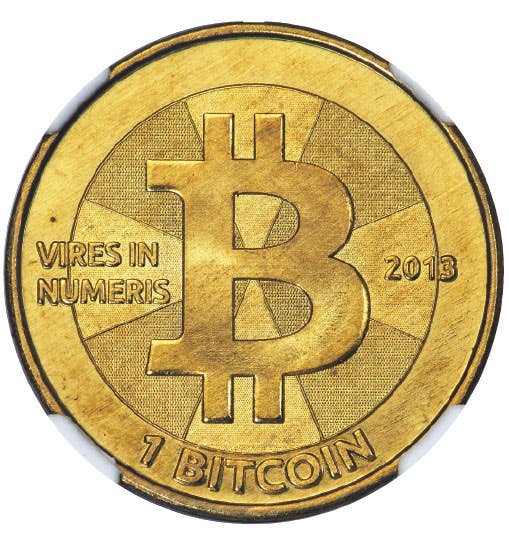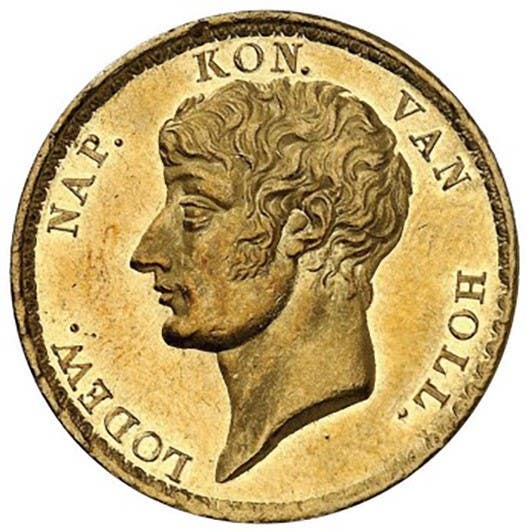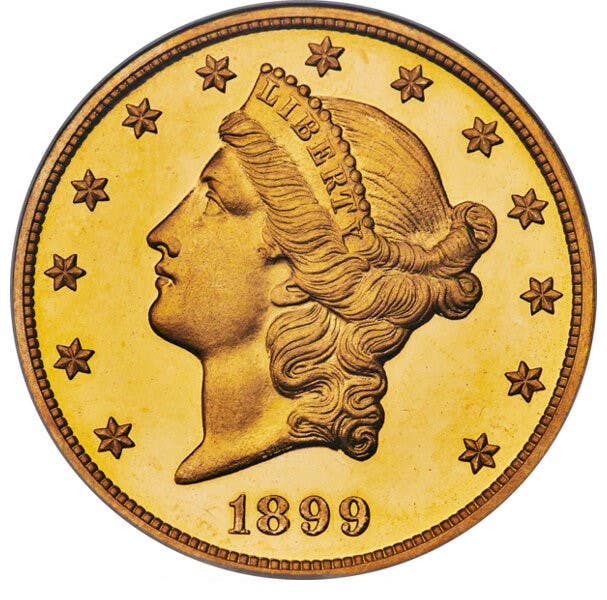Can’t drive bullion
If you had made a bundle of money in gold and silver between 2001 and 2011, how would you have spent your profits? A new car perhaps? I was reading…
If you had made a bundle of money in gold and silver between 2001 and 2011, how would you have spent your profits?
A new car perhaps?
I was reading an article in the “AARP Bulletin” about the buyers of brand new cars.
The proportion of new cars sold to buyers over the age of 55 has risen from 33 percent to 42 percent in the past five years.
Of course, there are more and more people over the age of 55. The Baby Boom generation is getting ever older and the current age range of that demographic bulge is 50 to 68.
Take those individuals back to 2001 by shaving 13 years off their ages and they would have been 37 to 55 years old.
Many of them would have been prime candidates to jump on the bullion bandwagon as it began rolling to ever higher prices. The organized numismatic hobby has long known that people who collected coins as kids often put the hobby aside until their family responsibilities begin to diminish and the incomes from their careers can be diverted to coin collecting – or buying gold and silver.
There is, of course, no way to prove this car-buying possibility. People over 55 have incomes and assets that have nothing to do with bullion.
But it doesn’t seem likely that all bullion buyers simply bought and never sold as profits piled up and their financial situations changed.
In the boom that ended in 1980, bullion profits were often plowed into rare coins. The bullion boom to 2011 helped generate funds that pushed up prices of marquee numismatic rarities as well.
Is it too much to believe that some of this financial gusher also flowed to the new car market?
As comforting as the ownership of bullion is in an uncertain world, it cannot provide that new car smell – unless it is sold.
Buzz blogger Dave Harper is winner of the 2013 Numismatic Literary Guild Award for Best Blog and is editor of the weekly newspaper "Numismatic News."
- Subscribe to the NumisMaster Coin Price Guide for access to the web’s most comprehensive list of coin values
- Join the NumisMaster VIP Program for free subscriptions, store discounts, and more!
- Buy and sell coins, currency, and more in our online classifieds









